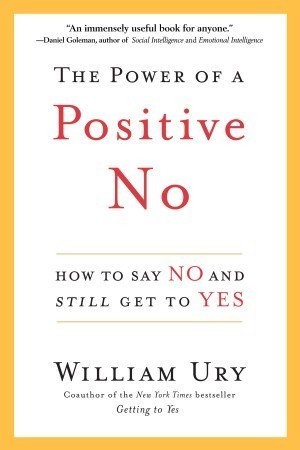What do you think?
Rate this book


272 pages, Hardcover
First published January 1, 2007
The great problem today is that we have divorced our Yeses from our Nos. Yes without No is appeasement, whereas No without Yes is war. Yes without No destroys one's own satisfaction, whereas No without Yes destroys one's relationship with others. We need both Yes and No together. Yes is the key word of community. No, the key word of individuality. Yes is the key word of connection, No the key word of protection. Yes is the key word of peace, No the key word of justice.A positive, easy read I would recommend to everyone.